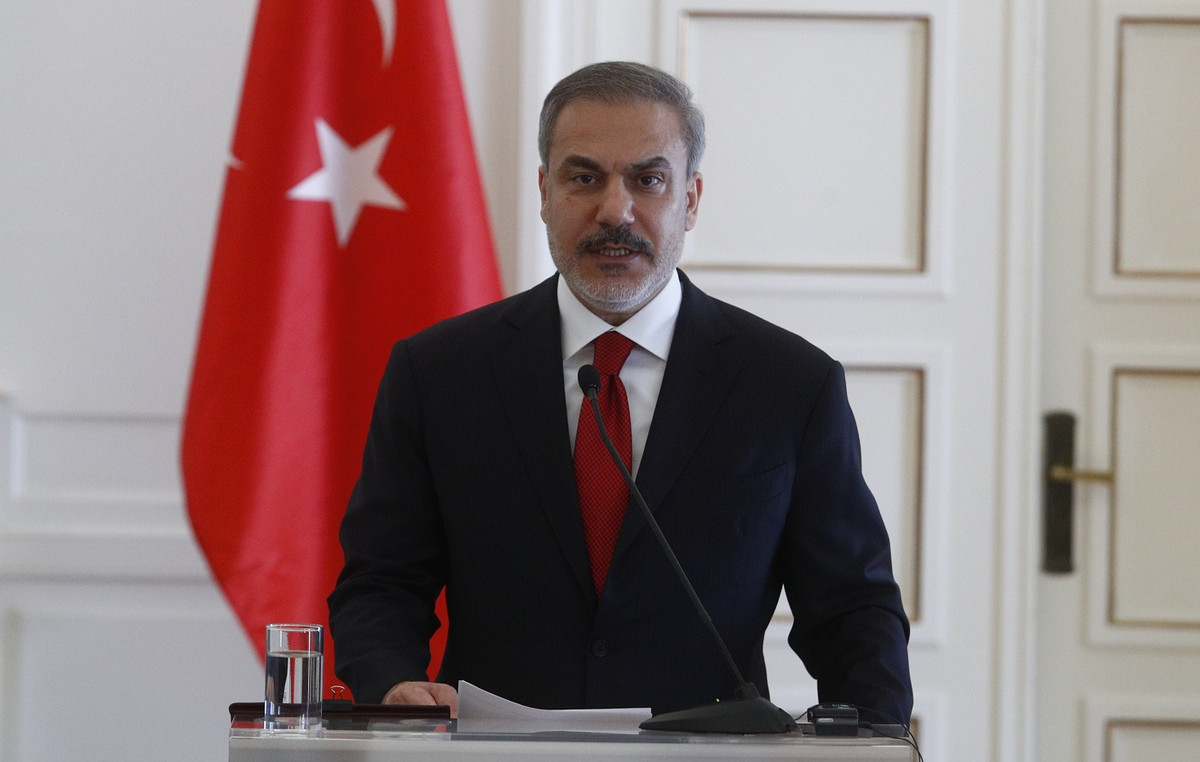- EUR/USD gains ground on rising expectations of a Fed rate cut in September.
- Fed Chairman Powell told the Jackson Hole Symposium: “The time has come to tighten policy.”
- ECB policymaker Olli Rehn said the recent slowdown in inflation strengthens the case for a rate cut next month.
The EUR/USD pair is extending its gains for a second session, trading around 1.1190 during the Asian session on Monday. This rise in the EUR/USD pair is attributed to the weakness of the US Dollar (USD) following the dovish speech by US Federal Reserve (Fed) Chairman Jerome Powell at the Jackson Hole Symposium on Friday.
Fed Chairman Jerome Powell said: “The time has come to tighten policy.” Although Powell did not specify when the rate cuts would begin or their likely magnitude, markets are anticipating that the US central bank will announce a 25 basis point rate cut at its September meeting.
In addition, Philadelphia Fed President Patrick Harker on Friday stressed the need for the U.S. central bank to reduce interest rates gradually. Meanwhile, Chicago Fed President Austan Goolsbee noted that monetary policy is currently at its most restrictive, with the Fed now focused on achieving its employment mandate.
On the EUR side, European Central Bank (ECB) Governing Council member Olli Rehn said on Friday that slowing inflation coupled with a weak eurozone economy strengthen the case for cutting borrowing costs next month, according to Bloomberg. Growth prospects in Europe, especially in the manufacturing sector, are fairly subdued, reinforcing the case for a rate cut in September.
Additionally, Rabobank Senior FX Strategist Jane Foley commented on Friday that the EUR/USD pair is expected to trade at 1.1200 on a three-month horizon. Foley noted that the recent breakout and the start of a new policy cycle for the Fed indicate that a new trading range is emerging. However, Foley also mentioned that if key US data released in early September is stronger than the market anticipates, there could be potential pullbacks towards around 1.1000 for the pair.
Euro FAQs
The Euro is the currency of the 20 European Union countries that belong to the Eurozone. It is the second most traded currency in the world, behind the US Dollar. In 2022, it accounted for 31% of all foreign exchange transactions, with an average daily volume of over $2.2 trillion per day. EUR/USD is the most traded currency pair in the world, accounting for an estimated 30% of all transactions, followed by EUR/JPY (4%), EUR/GBP (3%) and EUR/AUD (2%).
The European Central Bank (ECB), based in Frankfurt, Germany, is the reserve bank of the Eurozone. The ECB sets interest rates and manages monetary policy. The ECB’s main mandate is to maintain price stability, which means controlling inflation or stimulating growth. Its main instrument is to raise or lower interest rates. Relatively high interest rates – or the expectation of higher rates – generally benefit the Euro and vice versa. The Governing Council of the ECB takes monetary policy decisions at meetings held eight times a year. Decisions are taken by the heads of the national banks of the Eurozone and six permanent members, including ECB President Christine Lagarde.
Eurozone inflation data, as measured by the Harmonised Index of Consumer Prices (HICP), is an important econometric data point for the euro. If inflation rises more than expected, especially if it exceeds the ECB’s 2% target, the ECB is forced to raise interest rates to bring inflation back under control. Relatively high interest rates compared to their peers usually benefit the euro, as it makes the region more attractive as a place for global investors to park their money.
Data releases measure the health of the economy and can influence the Euro. Indicators such as GDP, manufacturing and services PMIs, employment and consumer sentiment surveys can influence the direction of the single currency. A strong economy is good for the Euro. Not only does it attract more foreign investment, but it can encourage the ECB to raise interest rates, which will directly strengthen the Euro. Conversely, if economic data is weak, the Euro is likely to fall. Economic data from the four largest Eurozone economies (Germany, France, Italy and Spain) are especially significant, as they account for 75% of the Eurozone economy.
Another important output for the euro is the trade balance. This indicator measures the difference between what a country earns from its exports and what it spends on imports during a given period. If a country produces highly sought-after export products, its currency will appreciate due to the additional demand created by foreign buyers who wish to purchase these goods. Therefore, a positive net trade balance strengthens a currency and vice versa for a negative balance.
Source: Fx Street
I am Joshua Winder, a senior-level journalist and editor at World Stock Market. I specialize in covering news related to the stock market and economic trends. With more than 8 years of experience in this field, I have become an expert in financial reporting.







